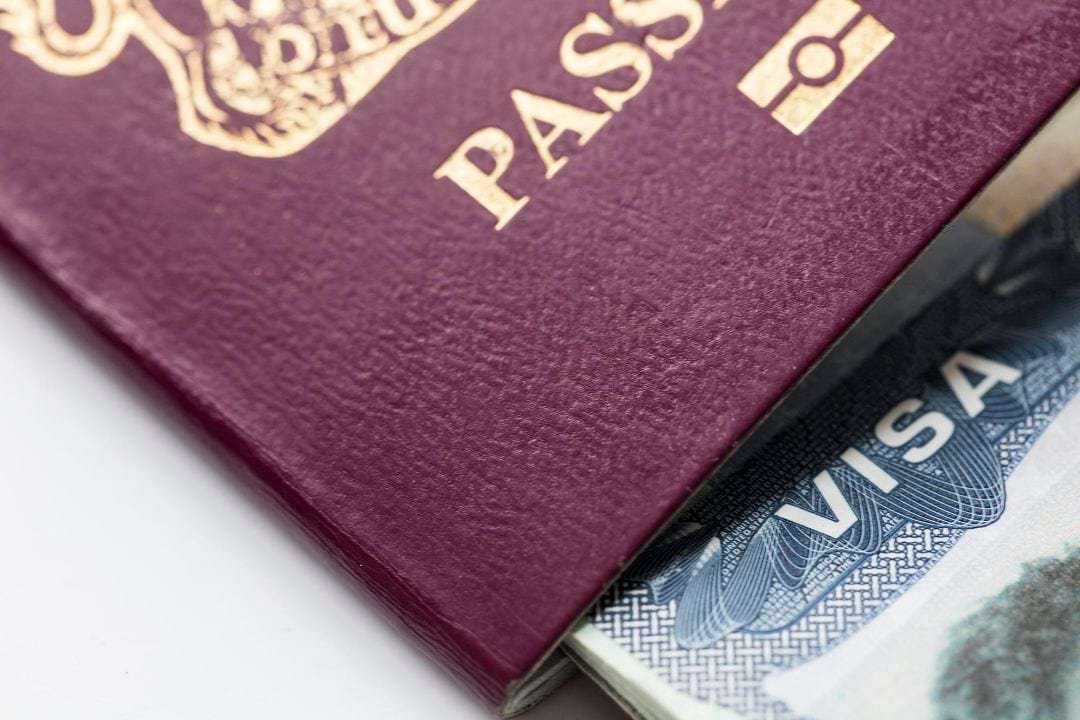However, figures indicate that more than half of those requests were granted; 57.5% of requests, or 282,301 petitions, allowed thousands of Moroccans admission to the borderless area, according to EU Helpers.
More than half (162,228), or 57.4%, of all Moroccan visas issued in 2022 were multiple entry visas, while 119,346 visa applications were turned down. This indicates that over 30% of Moroccans' applications to enter the Schengen region were denied.
To put that in perspective, the amount of visa applications that have been granted in Morocco is roughly similar to the 308,000 people who call Safi, the nation's thirteenth-largest city, home.
According to Schengen Statistics, only 0.74 percent of Moroccans have gotten clearance for a visa, meaning that the overall approval rate was 0.6%. In addition, just 746 out of 100,000 Moroccan nationals had their applications approved.
This indicates that there is one approved application for every 134 people living in Morocco, allowing a very small number of Moroccan citizens to freely enter the Schengen Area.
The number of applications submitted is not particularly large, especially when compared to Cape Verdeans, who have the highest number of applications submitted per capita, given that Morocco is the 11th most populous nation in Africa.
However, during the past six years, the number of visa applications made by Moroccan nationals has shifted substantially, reaching a low record in 2021 that may have been caused by the COVID-19 issue, while the number of applications made in 2019 was at an all-time high.
Moroccans submitted 170 percent more applications in 2021 (from 157,100 to 423,201) than they did in 2020 (from 705,293 to 180,443), which may imply that more Moroccans are interested in visiting the EU.
The economic condition in Morocco, which, in contrast, has an average pay of €1,792 per month, can be cited as one of the factors relating to the comparatively low number of visa applications submitted by Moroccan citizens.
The monthly salary in the public sector, however, is €323, which means that Moroccans actually make much less than that, according to the Wage Indicator. The situation is worse in the private sector, where employees make €274 monthly, and in agriculture, where employees make €193 monthly.
Considering this, Moroccans employed in the public sector would need to set aside a quarter of their monthly salary merely to be able to cover the cost of a Schengen visa application, whereas those employed in the private sector and in agriculture would need to set aside nearly or even more than one third of their salary. This means that, given the poor pay for both public and private sector workers, it is almost ludicrous for Moroccan people to be permitted to travel to the Schengen Area.

